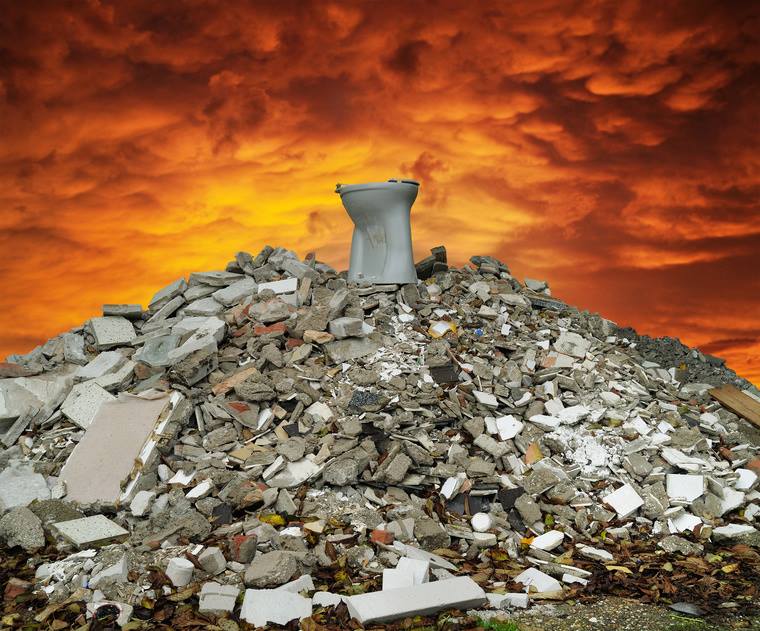How much waste did your last construction or remodeling project generate? Chances are, it was
more than necessary.
According to California’s 2008 Statewide Waste Characterization Study, 29 percent of the state’s solid waste stream comes from the “Inerts and Other” category, which includes construction and demolition.
But with a little planning, you and your architect or contractor can reduce waste and make sure your next remodeling project is as eco-friendly as it can be:
1. Before you start, develop a waste management plan.
Talk to your architect or contractor about setting goals, locating resources, and establishing procedures for minimizing waste and preparing materials for salvage.
2. Consider deconstruction instead of demolition.
A certified deconstruction contractor can help you make sure any recyclable or reusable materials are salvaged instead of sent to landfill. Private building owners may also be able to take a tax deduction based on the value of salvaged materials.
3. Know what can be recycled.
A surprising amount of construction debris can be reclaimed or recycled, including carpet, carpet padding, unpainted wood, concrete, drywall, scrap metal and asphalt shingles. Don’t forget to recycle clean paper, cardboard, and bottles and cans generated by the construction crew.
4. Donate unused or reusable building materials and appliances.
Several local organizations accept donations for resale, and some use the proceeds to build or repair affordable housing.
5. When you’re ready to build, use salvaged materials.
You may save money while reducing waste!
Check our ever-expanding resources page for a list of local salvage companies and organizations that recycle and sell unused or reclaimed materials.







